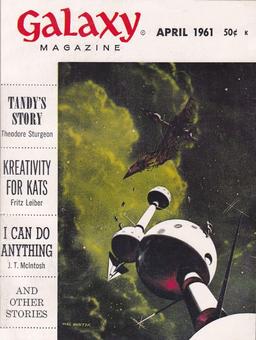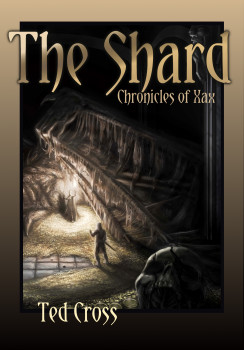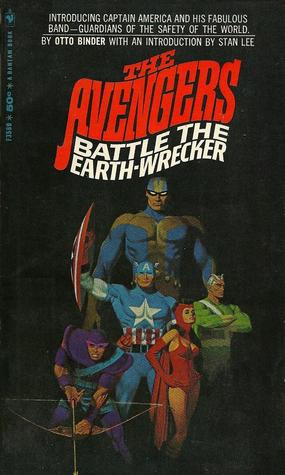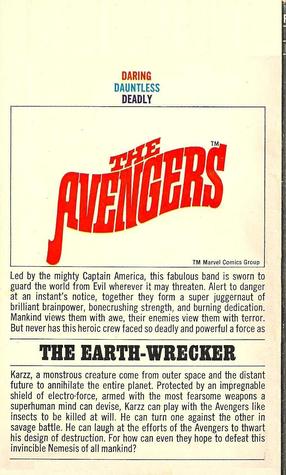The Tears of Ishtar by Michael Ehart
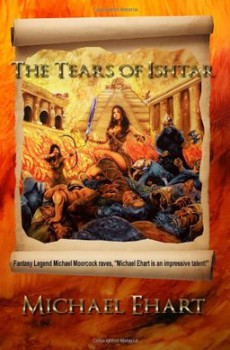 When my renewed interest in swords and sorcery was sparked a few years ago, one of the first and best books of new writing I found was The Return of the Sword, edited by Jason M. Waltz (reviewed at BG by Ryan Harvey). It’s filled with a passel of great stories and turned me on to several writers I follow closely to this day. Among them are Bill Ward, James Enge, and Bruce Durham. It’s the book that convinced me that there was a renaissance in heroic fiction and that it was worth blogging about.
When my renewed interest in swords and sorcery was sparked a few years ago, one of the first and best books of new writing I found was The Return of the Sword, edited by Jason M. Waltz (reviewed at BG by Ryan Harvey). It’s filled with a passel of great stories and turned me on to several writers I follow closely to this day. Among them are Bill Ward, James Enge, and Bruce Durham. It’s the book that convinced me that there was a renaissance in heroic fiction and that it was worth blogging about.
One of the most intriguing stories, with imagery that’s stayed with me over the years, is “To Destroy All Flesh” by Michael Ehart. I wasn’t surprised to learn it was part of an ongoing series of linked stories. “Flesh” references characters and quests that clearly predate the action at hand.
Ehart’s protagonist, Ninshi, a woman from Ugarit in Bronze Age Syria, is enslaved by a flesh-eating demon, the Manthycore. She must provide corpses of warriors for the beast to devour. Her terrible master gave her immortality, great strength, and enhanced healing in order to carry out this task.
By the time I could see again, it had already begun to feed. As always, it started with the soft parts. The belly and the face were its favorites and because it fed so seldom, it showed little restraint. This time it chose to wear the head of a lion, which seemed to be well suited for the task.
It felt the force of my gaze, but did not react right away, engrossed in some particularly savory morsel from the belly of one of the corpses. I took care not to take note of which one. It is a matter of pride that I not look away, but I long ago learned to look without seeing.
She is sustained over the centuries of her servitude by the dream of freeing herself and forcing the Manthycore to restore her lover to life. That quest sets the stage for the tales collected in The Tears of Ishtar.
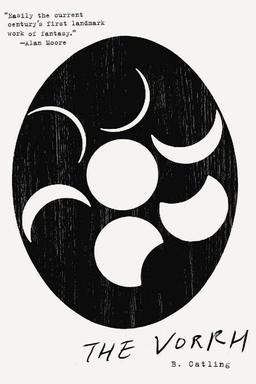

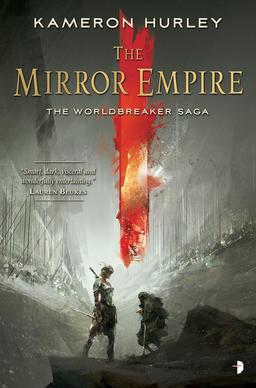
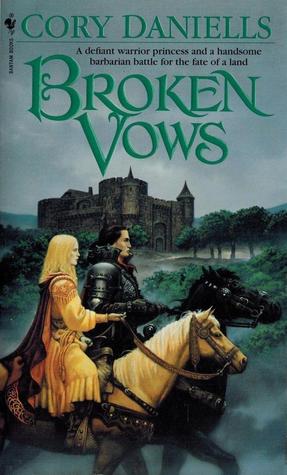
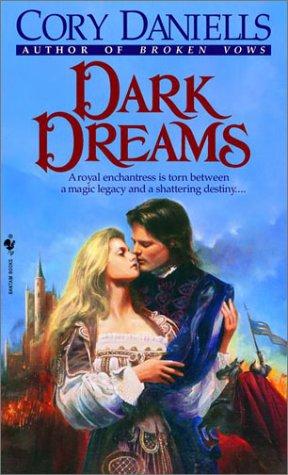
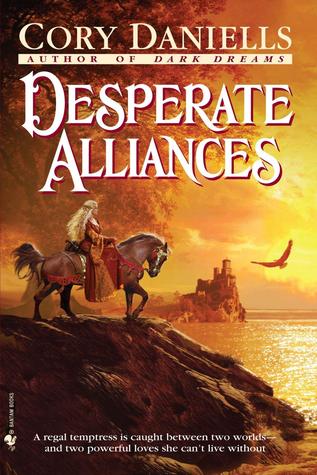

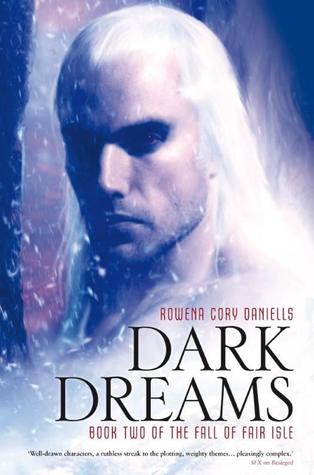
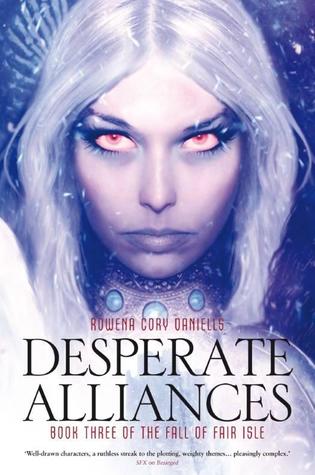

 And now for some utterly uncontroversial awards news: on April 22, the nominees for the 2015 Eisner Awards were announced.
And now for some utterly uncontroversial awards news: on April 22, the nominees for the 2015 Eisner Awards were announced. 